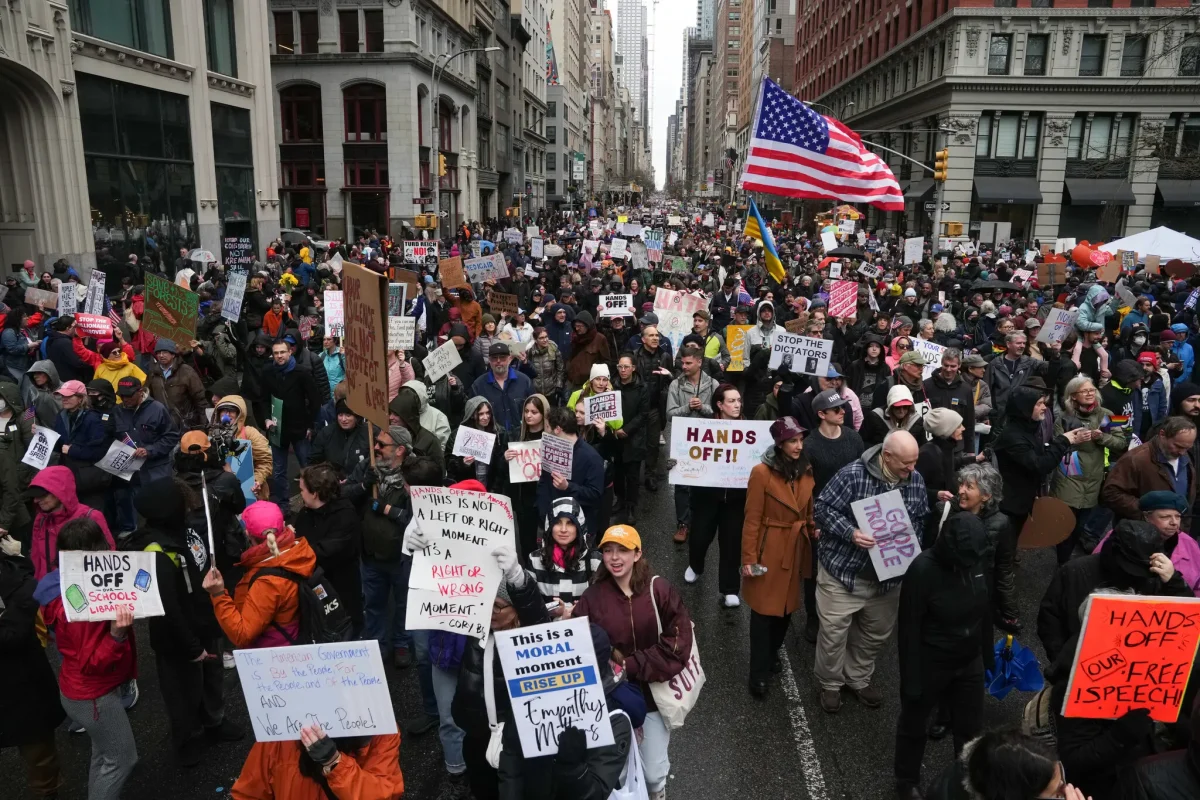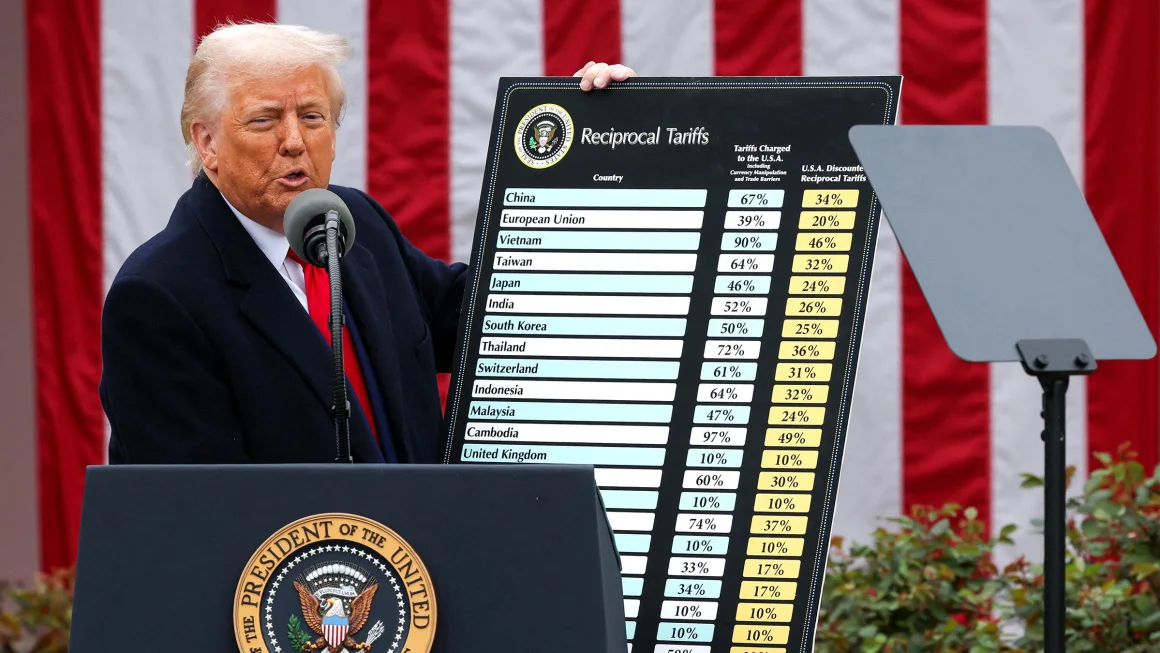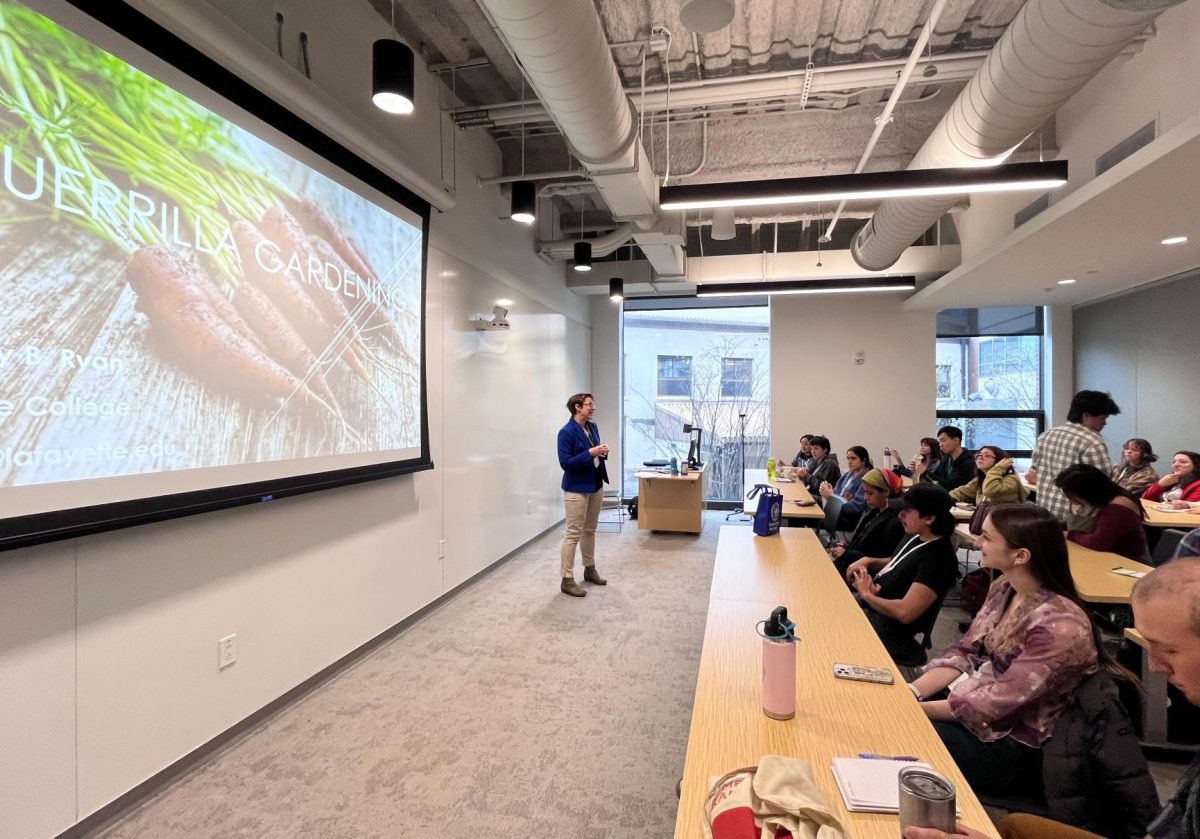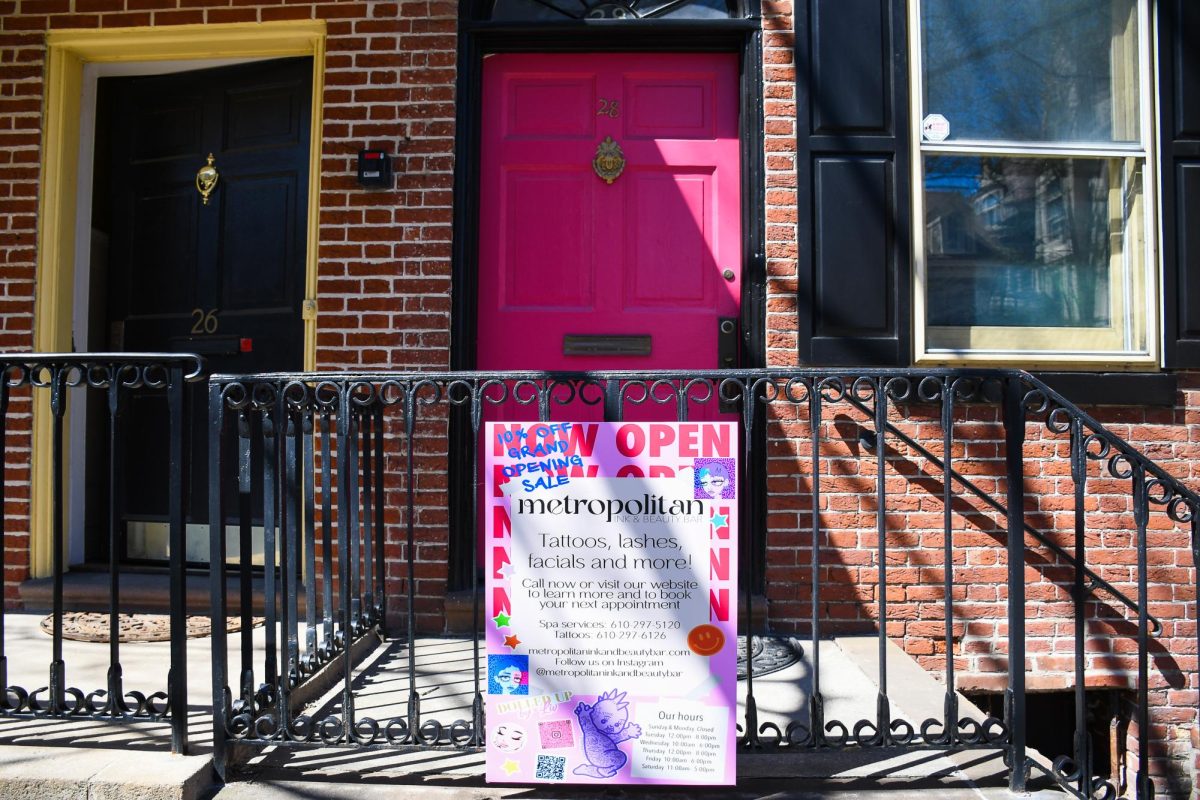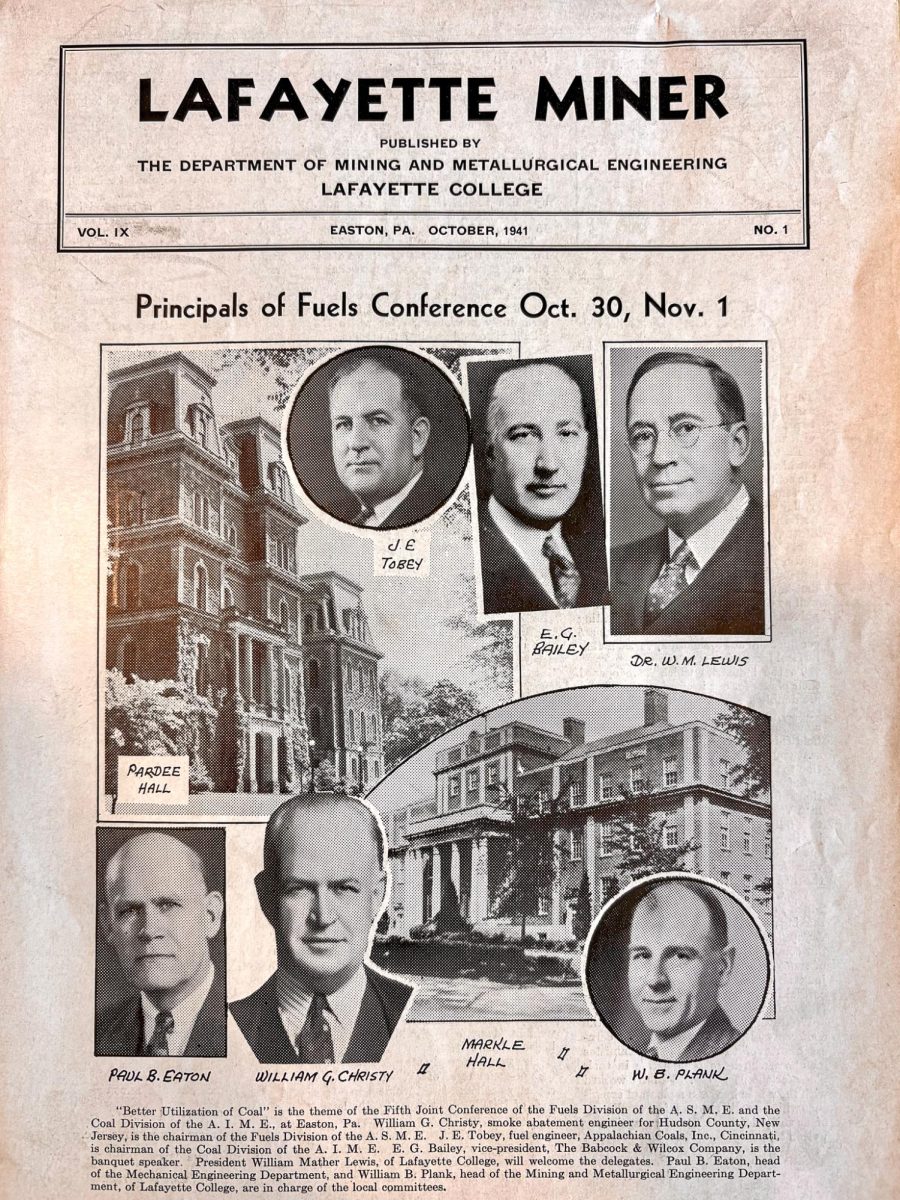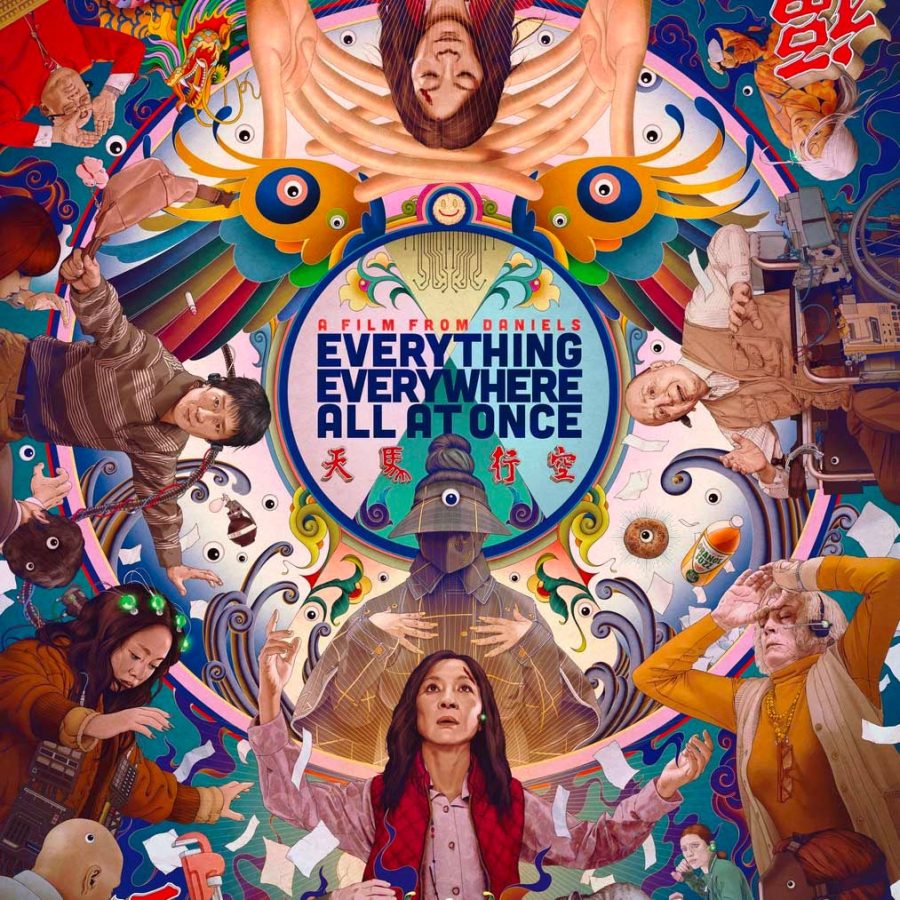If you haven’t watched “Everything Everywhere All at Once,” you might be thinking: could a film have a more pretentious and arrogant title than this one? Is it even possible for a film with a name like this to meet the expectations embedded in its name?
In many ways, the answer is yes.
This is certainly one of the most ambitious projects A24 Films has ever put out. At its core, it’s a simple story about a fractured relationship between middle-aged Chinese mother Evelyn (Michelle Yeoh) and her daughter Joy (Stephanie Tsu). In the midst of a divorce, they face challenges because of their oppositional values regarding culture, sexuality and family.
However, this foundational premise is given nearly infinitesimal nuance and narrative complexity when, through a bizarre set of circumstances, the two individuals are forced to explore parallel universes. In doing so, Evelyn in particular must reconcile with her past decisions in order to learn from her own mistakes and challenges.
The use of parallel universes gives the film an extremely postmodern sensibility. The stylistic choices of directors Daniel Kwan and Daniel Scheinert regarding the picture’s innovative cinematography, distinctive editing, unique costuming and imaginative set design force the viewer to dramatically rethink their own perceptions and understandings about the world around them.
On the one hand, this may turn off audiences who prefer a more grounded story. But open-minded viewers willing to stick with this film will likely come away from it with a new understanding of the world around them.
Another element worth mentioning is that this film is a strong introductory text for those looking to explore film theory. There is a lot one can learn here about the sprawling nature of genre, auteurism, semiotics, representation and self-critique.
For instance, the film pays tribute to a variety of past films that possess vastly different stories. These include but are not limited to “The Matrix,” “Ratatouille,” “Crouching Tiger, Hidden Dragon” and films from the Marvel Cinematic Universe. The film uses these references as the building blocks for its own story, but also as a way to parody itself.
There are also many nods to philosophy and evolution. One of my favorite parallel dimensions features Evelyn and Joy as two inorganic objects on a hilltop that speak to each other. I dare not say more.
Overall, the only thing that holds back this film is its muddled third act, where the creators got just a little too carried away with jokes. This ultimately ended up lessening the emotion and impact of the film’s ending. On the other hand, the conclusion to this journey is still very strong so at the very least, these mistakes do not by any means spoil what the film had going.
While “Everything Everywhere All at Once” is certainly not a perfect film and will turn off audiences that are disturbed by weird images, it is a crowning achievement that brings experimental cinema back into the mainstream after its long hiatus during the pandemic. Its existence is a strong reassurance that studios are still willing to take risks and make bold choices in order to push the boundaries of filmmaking.
I feel that everyone intrigued by this film’s advertising will not be disappointed. I recommend paying to see it in the theater, as it is more than worth the price of admission.


